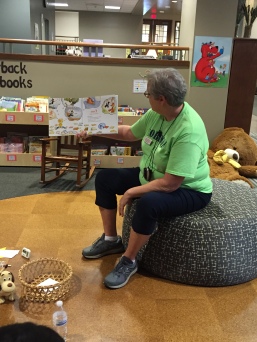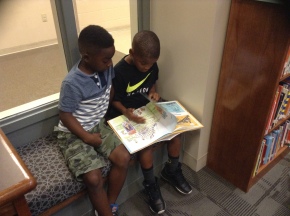I’ve shared a couple of versions of the Recipe for a Good Book lesson I’ve taught in the past. As far as I can remember, I hadn’t yet taught this whole deal with first graders. I’m thinking it’s because the focus for so long has been on the definition of “just-right” books being focused on the level of the book (and less on the reader, I’d say). I do agree that being in a book that you can read is important, but I would propose that being in a book at all–and a book that you LOVE–sets the stage as importantly as kiddos start their reading journey.
So this year, I’ve decided that the first lesson I taught would NOT be on “just-right” books in terms of knowing the words and understanding the story (but again, don’t hear me saying those things aren’t important, just not first), but would instead be on understanding and identifying what we like as readers. And since we’re 105 books into #classroombookaday and have shared so many great texts together, I thought it would be a great place to start to zoom in on authors.
I started our conversation telling my kiddos about my past recipe lessons (and about recipes in general so they had a context), and then about my librarian pal Ms. Cobb who even dressed up as a chef to teach it to her 4th and 5th graders! They were impressed, and I think a little sad that I didn’t have a costume. LOL
Then I asked a question: Why is it important to know an author’s name? They had some great ideas and already came with a lot of knowledge of writers from kindergarten. They were able to name some great ones (from this year’s books, from books previous teachers had read, and also some from their at-home reading) like Jeff Kinney, Dav Pilkey, our favorite right now Mo Willems, and Ame Dyckman (another new favorite!). I added in another important reason, too, related to just respecting the writer for the hard work it is to write a book!

After our initial talk, I got kids thinking about the kinds of books they like to read and told them an unbelievable story about someone I know who went to the library and didn’t have any idea what they were looking for, and about someone else who didn’t know the author’s name and asked the library for “a green book with a dog on the front that’s about this big.” Crazy, right? Well, yes, of course, some first graders (and much older students, too!) book shop like that, and I think it my duty to help change that (both for their “now” reading lives and their future selves).
Next step was to create a visual that they could use to remind themselves once they were in a shopping situation (in our classroom library, our school library, and heck, even Barnes and Noble!) of what they were looking for, rather than just roam around aimlessly or worse yet, get themselves into trouble because they didn’t know what to do.
I used the format of the Recipe for a Good Book as I had with previous classes, but instead of making it into a bookmark (which works best for kiddos that are primarily shopping for and reading chapter books), we made ours with pictures and words on full sheets of paper.
Kiddos could write or draw anything they knew they liked about books, including authors, titles, genres (if they knew this info) and even topics. And since we had already read over 100 great titles together, kiddos were able to use our display to help them with their visuals. I’m amazed every day about what a great idea that door display of our reading continues to be. We keep finding different ways to use it!
Kids were very engaged, excited about what they put on their lists and spent the whole time talking about books! We’re excited to take our new recipes to the library with us to help us with our choices tomorrow. I am sure we’ll be glad we have them there! 🙂








































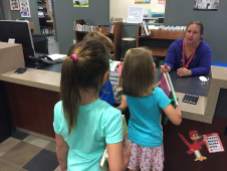







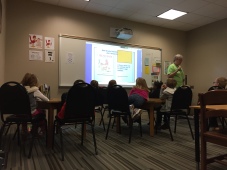






























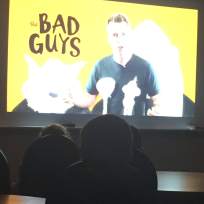

 About
About  About
About 
 About
About 

















